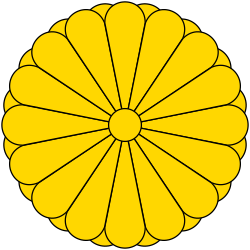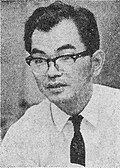| |||||||||||||||||||||||||||||||||||||||||||||||||||||||||||||||||||||||||||||||||||||
All 512 seats in the House of Representatives 257 seats needed for a majority | |||||||||||||||||||||||||||||||||||||||||||||||||||||||||||||||||||||||||||||||||||||
|---|---|---|---|---|---|---|---|---|---|---|---|---|---|---|---|---|---|---|---|---|---|---|---|---|---|---|---|---|---|---|---|---|---|---|---|---|---|---|---|---|---|---|---|---|---|---|---|---|---|---|---|---|---|---|---|---|---|---|---|---|---|---|---|---|---|---|---|---|---|---|---|---|---|---|---|---|---|---|---|---|---|---|---|---|---|
| Turnout | 71.40% ( | ||||||||||||||||||||||||||||||||||||||||||||||||||||||||||||||||||||||||||||||||||||
| |||||||||||||||||||||||||||||||||||||||||||||||||||||||||||||||||||||||||||||||||||||
| |||||||||||||||||||||||||||||||||||||||||||||||||||||||||||||||||||||||||||||||||||||
| This article is part of a series on |
 |
|---|
General elections were held in Japan on 6 July 1986 to elect the 512 members of the House of Representatives, alongside elections for the House of Councillors. The result was a landslide victory for the ruling Liberal Democratic Party (LDP), which gained 50 seats and an outright majority in the House. [1] [2] The LDP's 300 seats remains its joint-best general election result.
Contents
Most opposition parties lost seat, the exceptions being the Japanese Communist Party (which remained at 26 seats) and the Socialist Democratic Federation, which gained one seat. The biggest losses were experienced by the Japan Socialist Party, which lost 27 seats. The Democratic Socialist Party saw a 12-seat loss, while Kōmeitō saw a loss of three seats and the New Liberal Club, which had been in coalition with the LDP, lost two seats.
Prior to election day, polls indicated that the LDP would win a victory, [3] but the size of the victory was considered unexpected. [1] The New York Times wrote that "the fragmented opposition could not catch fire with any campaign issue." [3] Economic policy was not sharply contested in the campaign; however, the Japanese economy had seen its first quarter of contraction in 11 years. [4]














